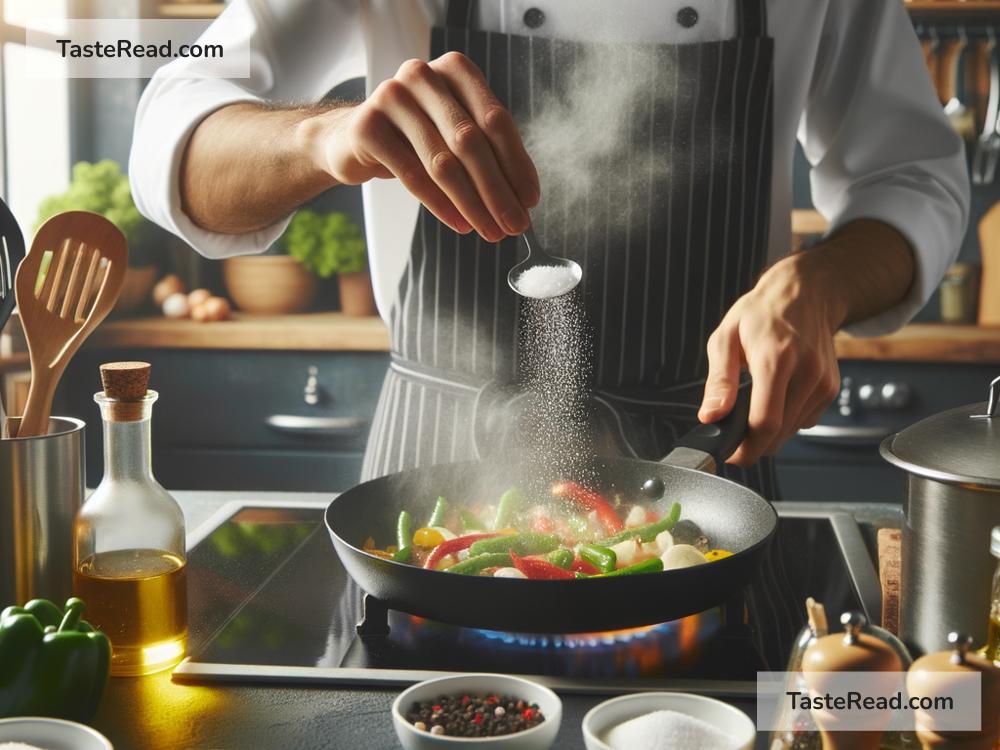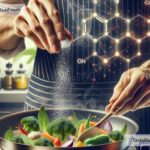The Science of Cooking with Chemical Insight: Techniques and Tips
Cooking is like a magic trick that happens in your kitchen. But instead of pulling rabbits out of hats, you’re turning raw ingredients into tasty meals. Behind this transformation, there’s science hard at work—chemical reactions, physical changes, and interactions between molecules come together to create the delicious food we enjoy. In this blog post, we’ll explore the science of cooking and some simple techniques to make your meals even better with a touch of chemical knowledge.
What Is the Science of Cooking?
Cooking is the art of using heat, pressure, and mixing to change the structure and flavors of food. It’s not just about following a recipe; it’s about understanding how ingredients interact and why cooking methods work the way they do. The laws of chemistry and physics are what make bread rise, eggs solidify, and meats become tender and juicy.
One big idea in cooking science is chemical reactions. These reactions take place between molecules to create new flavors, textures, and aromas. Here are three key scientific ideas every cook should know:
-
Proteins and Heat: Proteins are found in foods like meats, eggs, and beans. When you cook them, heat makes the proteins “denature” (change shape) and “coagulate” (stick together), turning runny eggs into solid omelets or tough raw meat into tender steak.
-
Caramelization and Maillard Reaction: These are the processes behind golden-brown crusts and rich, deep flavors. Caramelization happens when sugar is heated, creating sweet and nutty tastes, while the Maillard reaction involves proteins and sugars working together under heat to develop complex, savory flavors.
-
Emulsions and Mixtures: Ever wondered how mayonnaise gets creamy or salad dressings mix oil with vinegar? That’s emulsification, which happens when certain molecules (like lecithin in egg yolks) hold water and oil together.
Tips to Cook Smarter with Science
Cooking with a little chemical insight opens up a world of possibilities to improve your dishes. Let’s dive into some easy techniques you can use at home to level up your cooking:
1. Salt Your Meat Early
Why do chefs salt meat hours before cooking? Salt doesn’t just make food taste better—it triggers a process called osmosis. Osmosis pulls moisture from the surface and redistributes it inside the meat, making it juicier and tastier. So, if you’re prepping steak, chicken, or fish, sprinkle some salt on it and let it sit. It’ll transform your dish.
2. Use Baking Soda for a Crispy Crust
If you love crispy fried chicken or roasted veggies, baking soda can be your best friend. When added to breading or seasoning, baking soda intensifies browning via the Maillard reaction, giving food that perfect golden crunch. Only use a tiny amount, though—a pinch can make all the difference!
3. The Secret to Fluffy Pancakes
Fluffy pancakes are everyone’s dream, right? The secret lies in leavening agents, like baking powder or baking soda. These react with liquids to release carbon dioxide bubbles, making your batter rise. To supercharge this effect, let your pancake batter rest for 10–15 minutes. Resting allows the bubbles to stabilize, creating fluffier pancakes.
4. Control Soups and Sauces with Acids
Ever wondered why lemon juice or vinegar brighten up a dish? Acids play a big role in balancing flavors. They can cut through heavy, creamy sauces and make soups and stews taste fresher and livelier. Next time your dish feels “flat,” add a splash of acidity and taste the difference.
5. Tenderize Tough Cuts of Meat
Some cuts of meat, like brisket or chuck, can feel tough and chewy unless cooked properly. Science can help you tenderize them using marinades, slow cooking, or braising. Marinades with acidic ingredients (like vinegar, yogurt, or citrus juice) break down proteins, making meat softer. Slow cooking at low temperatures also breaks down collagen, which turns tough meat into melt-in-your-mouth bites.
6. Freeze and Chill for Better Dough
Whether you’re baking cookies or pies, chilling your dough can make a noticeable difference. When dough is cold, the butter solidifies, keeping its shape during baking. This results in flakier, more structured pastries and cookies. For bread dough, chilling slows fermentation, helping flavors develop over time.
7. Don’t Fear Sous Vide Cooking
Sous vide sounds fancy, but it’s just a cooking technique that uses low, controlled temperatures to create perfectly cooked food every time. By sealing food in a bag and cooking it in water at a precise temperature, you can avoid over- or undercooking. For example, sous vide steak cooked at 135°F will be perfectly medium-rare from edge to edge—no guessing required.
Why Cooking Is Like a Science Experiment
Cooking is really about experimenting—mixing ingredients, testing techniques, and finding what works for your tastes. With science as your guide, you’ll understand more about what’s happening in your frying pan or oven. You’ll learn why certain methods succeed and how to fix mistakes when things don’t go as planned.
Most importantly, cooking becomes more fun. Knowing the science behind baking a cake or searing a steak makes you feel like a kitchen chemist. And who doesn’t want to feel like a master of magic and molecules while creating mouthwatering dishes?
Final Thoughts
The science of cooking isn’t complicated—it’s fascinating. By understanding how heat, acid, salt, and time interact with ingredients, you can turn simple recipes into meals that wow your family and friends. Whether it’s achieving the perfect crust, balancing flavors, or creating a tender roast, these techniques rooted in science empower you to cook with confidence and creativity.
So, grab your utensils and lab coat (or apron). It’s time to start experimenting in the kitchen. Science is at your fingertips—and, thankfully, so is dinner!


